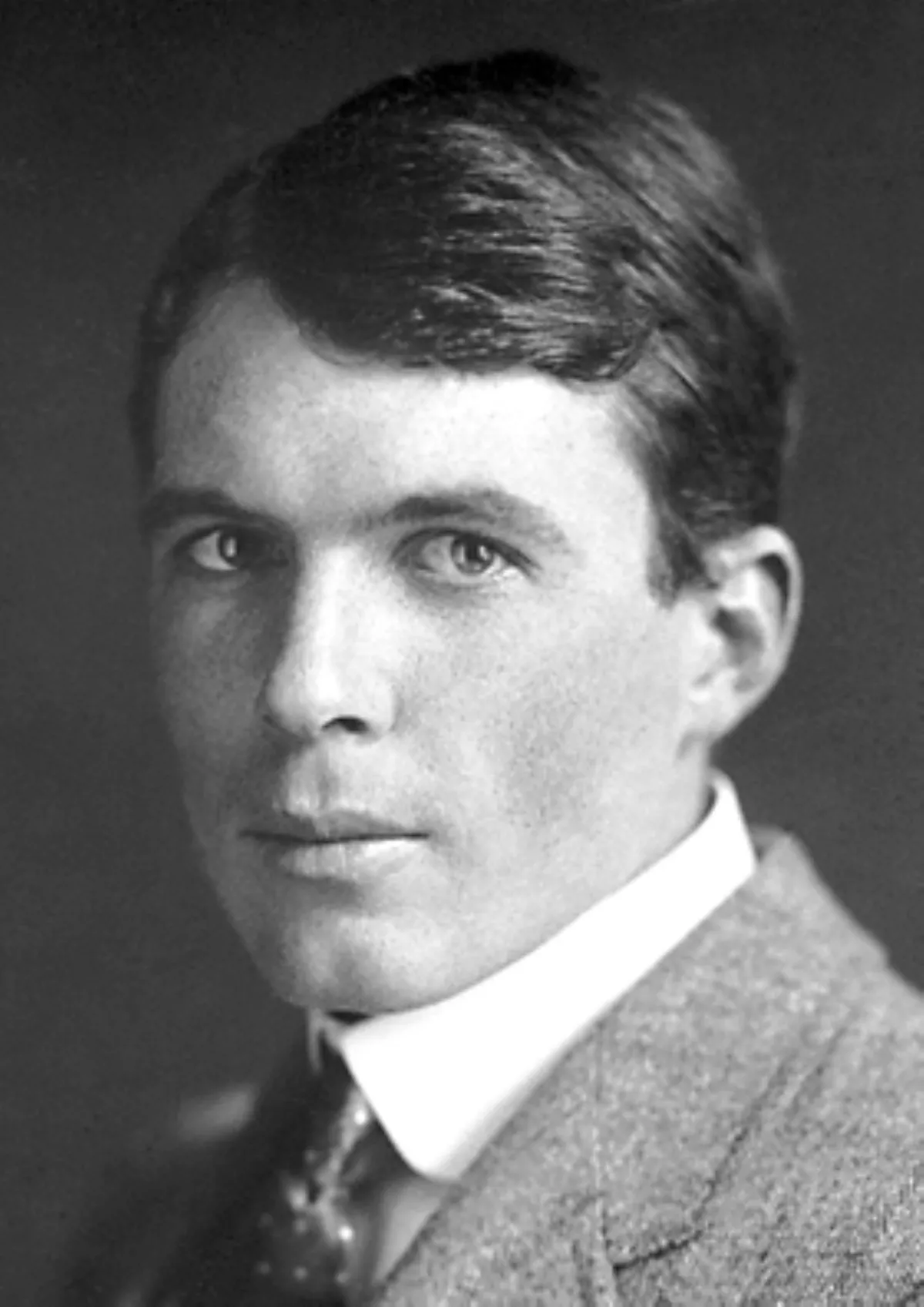 1.
1. Sir William Lawrence Bragg was an Australian-born British physicist who shared the 1915 Nobel Prize in Physics with his father William Henry Bragg "for their services in the analysis of crystal structure by means of X-rays", an important step in the development of X-ray crystallography.